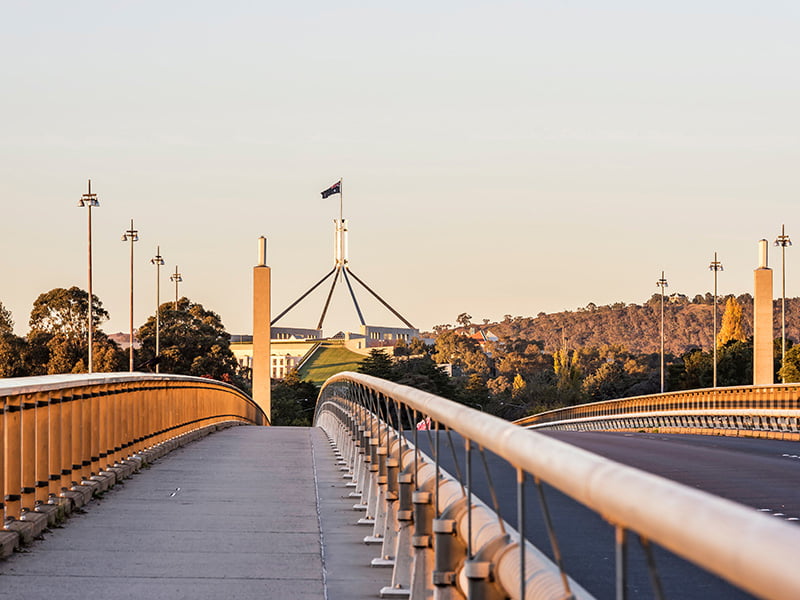The popular export market grants scheme is “broken” and Australian companies have been “abandoned” following revelations none of the cut down grants under the new scheme have been issued yet, according to a grants expert and former Cochlear executive.
Austrade this week released new guidelines for round two of the new version of the Export Market Development Grants (EMDG), confirming that the significantly smaller sized grants would likely remain the same in the following financial year, and that the majority of applicants for the first round won’t be paid until the start of the next financial year.
There have only been “minor changes” made to the program from the previous round, with all the major elements of the federal government’s controversial reforms staying in place.

The EMDG scheme provides funding of up to 50 per cent for eligible export promotion expenses. The program has an annual allocation of $157 million, while a further $100 million was provided over two years in this year’s federal budget, but only for regional businesses.
This financial year marked the first for the new iteration of the scheme, which saw the EMDG changed from a reimbursement program to a more traditional upfront grant program. The government also scrapped the “export ready” test, making significantly more companies eligible for the program.
This led to “unprecedented” demand in it, with more than double the number of companies applying for it. The EMDG is not a competitive scheme and has a fixed allocation, so the increased demand meant that the size of grants has now been significantly reduced, by up to 80 per cent for some companies.
The program is now split into three tiers, with the first tier for first-time exporters and the other two for more established businesses looking to expand. There is also a standalone stream for representative bodies.
The new guidelines confirm that the second round of the new version of the EMDG will be approximately the same size as the first iteration, significantly smaller than the maximum amounts set out in legislation.
Tier 1 will offer up to $15,000 per financial year, tier 2 will give up to $24,600, tier 3 will provide $36,600 while representative bodies can access up to $90,000 annually.
Pattens Group managing partner Bruce Patten, who was Group Financial Controller of Australian tech success story Cochlear from 1985 to 1990, said the EMDG is no longer achieving its aims.
“It is obvious the EMDG scheme is broken and Australian exporters have been abandoned at a time when support is desperately needed. How can you spend $36,600 to achieve export success? Create an export marketing plan but without funds for implementation? Attend one trade show every two years?” Mr Patten told InnovationAus.com.
“The previous scheme would have already made payment of the first tranche of $30,000 to most applicants, however no applicant has received an EMDG payment for the 2021-22 year yet.”
Mr Patten said the EMDG was pivotal in Cochlear’s early growth and success, and that when he lodged a claim on 1 July, the company would receive the maximum payment of $150,000 before the end of that month.
“That support helped to generate export sales, jobs and the innovative company we have today. Sadly today’s technology companies do not have the same level of support. Adjusting for inflation an equivalent grant today would be $381,746,” he said.
“If Australia wants businesses to increase export sales the government needs to encourage them and motivate some of the financial risks. In these uncertain times, can businesses afford to take the risk of chasing exports?”
Export Consultants Association chair Rod Campbell questioned why further changes were not made from the previous round.
“The only stakeholder I can think of who does not want change is Austrade itself. You can be assured applicants would dearly love to see changes. There is universal feedback from our members that clients have stated they could not navigate through the staged application and acceptance process without specialist help,” Mr Campbell told InnovationAus.com.
While the reforms to the EMDG were meant to provide certainty to companies, no applicant for the two major tiers in the 2021-22 financial year has received funding. The new version of the scheme provides companies with a “grant agreement” before the export activity is undertaken, but no funding until a milestone report is delivered.
The guidelines state that these payments won’t begin until 1 July, following milestone reports being provided and adapted.
“It is now a year since the arrangements from the new EMDG were released and for a program that purports to upfront approval with certainty to program a forward plan, to my knowledge not one dollar has been paid to date,” Mr Campbell said.
“The administrators of the EMDG just don’t understand that most EMDG applicants reinvest their grant proceeds in ongoing export development activities. Having not received any funding at all under the new programs means any activity and expenditure to date has been funded from other financial sources.”
The guidelines also confirm that a company must spend its own cash before submitting a milestone report to access the EMDG grant payment.
Payments for tier 1 and representative bodies began in March, but these are a small proportion of overall applications for the EMDG.
The guidelines reveal that there will still be a second tranche of payments for EMDG applicants under the old scheme, but it’s still unclear the value of these grants.
Mr Campbell said earlier this year that the new EMDG will fail unless there is a “severe overhaul”.
Do you know more? Contact James Riley via Email.

